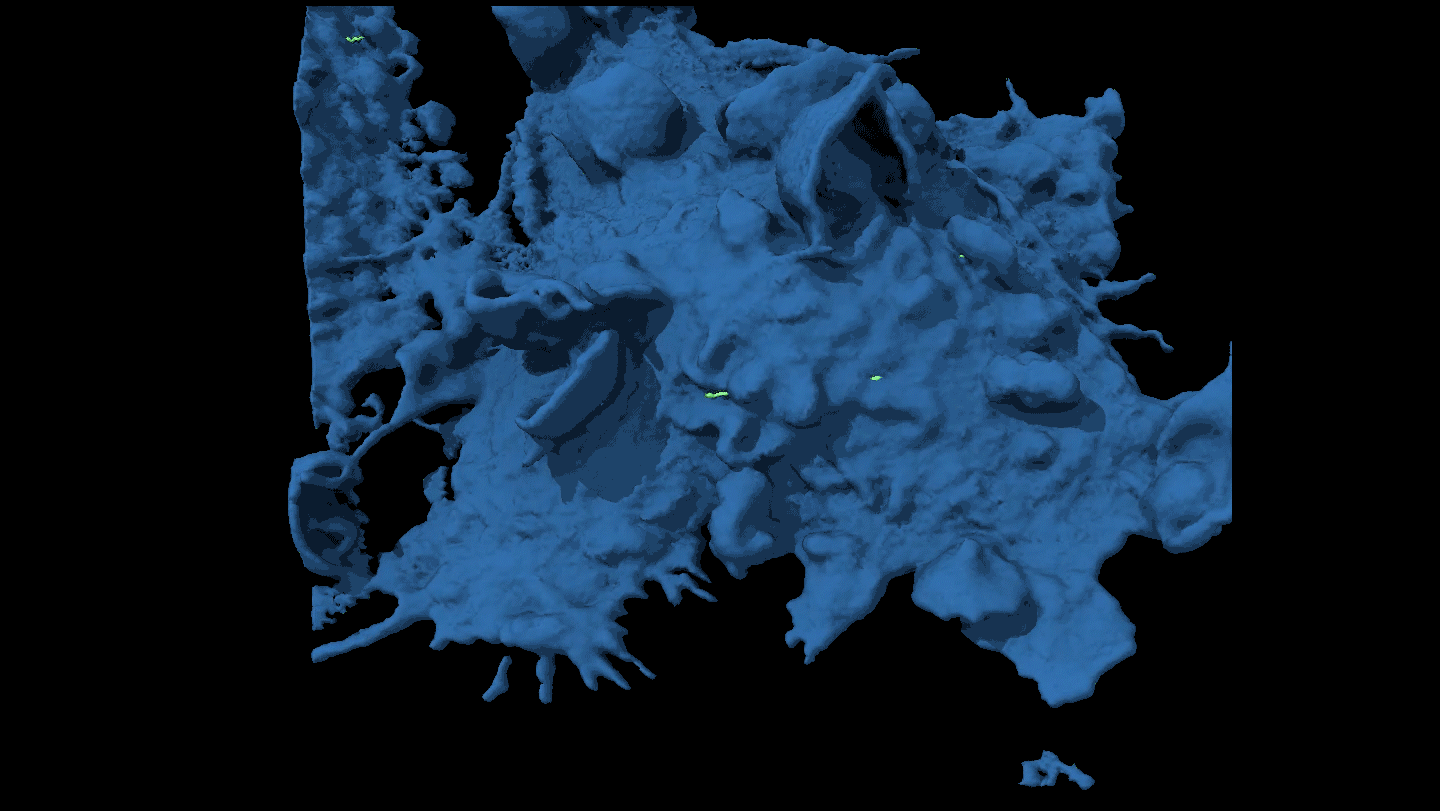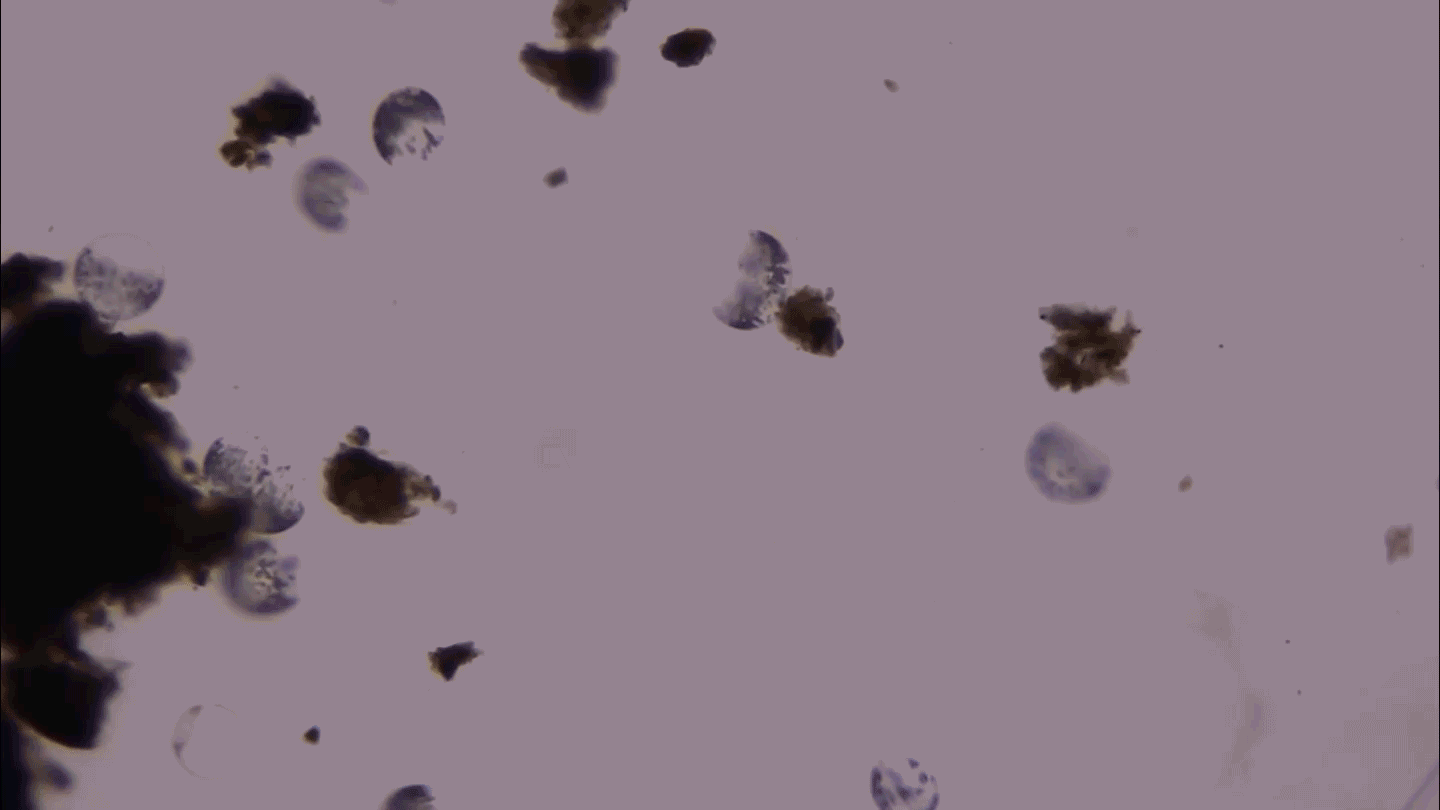- More than 2 years ago
A cluster of nerve cells have founded their own tiny fight club. These cells, nestled deep in a primitive part of the brain, compel mice to aggressively maul not just intruder males, but also females and blown-up rubber gloves, a study finds. What’s more, the fight cells have an intertwined and thorny relationship with nearby “mate” cells, a discovery that may shed light on human sexual violence.


“This is absolutely awesome,” says neuroscientist Newton Canteras of the University of São Paulo, who was not involved in the study. “They [researchers] were able to pinpoint one tiny region in the hypothalamus that is responsible for the aggressive response.”
The research, led by Dayu Lin of Caltech, who is now at New York University, was published in the Feb. 10 Nature.
Earlier studies had pointed to the hypothalamus, an almond-sized structure important for hunger, thirst and body temperature, as an aggression center in the brain. Electrical stimulation there made cats and rats attack targets. But researchers didn’t have a clear idea of where in the hypothalamus the fight neurons reside.
Now, for the first time, scientists have pinpointed the exact location, says study coauthor David Anderson, a Howard Hughes Medical Institute investigator at Caltech. Researchers found the cells by monitoring the brains of male mice during attacks on male mouse intruders. If the hypothalamus is a country, “these cells are located in one neighborhood in a city in a state in that country,” he says.
Thirty minutes after male mice had fought, the researchers put a female mouse in the cage with one of the males. When the pair began to mate, cells very close to the male’s fight neurons — and even a few fight neurons themselves — became active, suggesting that mating cells and fighting cells are found in the same neighborhood.
Seeing these intermingled mating and fighting cells is “very exciting, because you have the same system coordinating several kinds of behavior,” Canteras says. “So you have one population of cells that is responsible for one behavior, and another population of cells that is responsible for another behavior. And they are teasing apart which population is responsible for each response.”
In further experiments, Anderson and his colleagues genetically engineered these fight neurons so that a pulse of laser light would send the same signal to the brain as a rival male would. Male mice don’t usually assault females or castrated males, but a flash of light compelled normally mild-mannered mice to attack: 11 of 16 of these mice charged females or castrated males within five seconds of the light pulse. And six of eight males with the light-activated neurons attacked a rubber glove.
Next, the scientists tested whether they could induce a male to switch from mating with a female to attacking her. As males got closer to the end of a mating performance, it became much more difficult to elicit an attack with the light, the team found. When the nearby “mate” cells revved up, the fight neurons were unusually quiet. Mating quiets the urge to attack, the team concludes.
The hypothalamus and nearby regions are some of the most ancient parts of the mammalian brain, so their functions may not vary greatly between mice and humans, Anderson says. “I think it’s a pretty safe bet that what we are discovering in mice holds true for humans.”
If so, the results may ultimately lead to better ways to treat disorders of aggression and sexual violence, Anderson says. “If indeed a violent sexual offender is somebody whose circuits are crossed or miswired, it might be possible to fix that problem by uncrossing those wires, so as to eliminate the violent part of their sexual behavior and leave their normal sexual behavior intact.”







